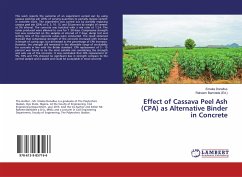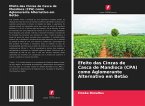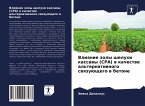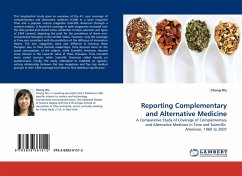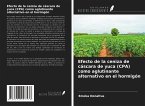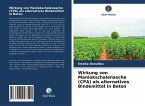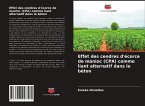This work reports the outcome of an experiment carried out by using cassava peelings ash (CPA) of varying quantities to partially replace cement in concrete work. The experiment was carried out by partially replacing cassava peel ash (CPA) of 0, 5, 10, 15, and 20 percent by weight of cement at 5% interval. The concrete was batched with a mix ratio of 1:2:4. The cubes produced were allowed to cure for 7 -28 days. Compressive strength test was conducted on the samples at interval of 7 days; slump test and setting time of the concrete cubes were conducted. The result obtained showed that compressive strength of the concrete increased with increase in length of curing age, but decreased as the percentage of CPA increases. However, the strength still remained in the allowable range of workability for concrete in line with the British standard. CPA replacement of 5 - 15 percent was found to be the most suitable mix considering the strength and safe use of the concrete. It was concludedthat CPA replacement of 5%, 10% and 15% showed no significant loss in strength compare to the control sample and is stable and could be acceptable in most concrete.
Bitte wählen Sie Ihr Anliegen aus.
Rechnungen
Retourenschein anfordern
Bestellstatus
Storno

